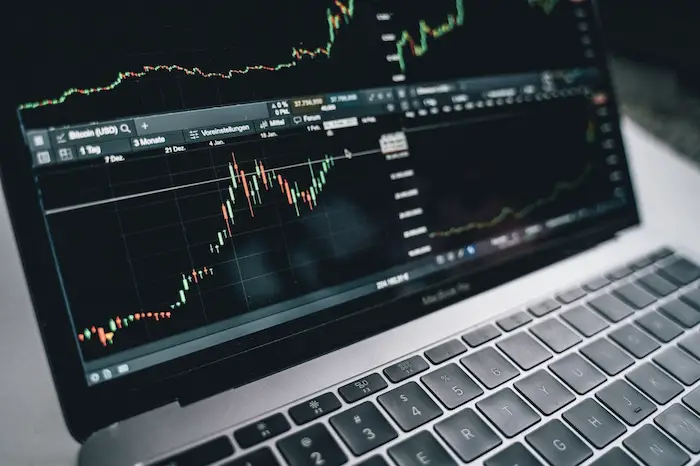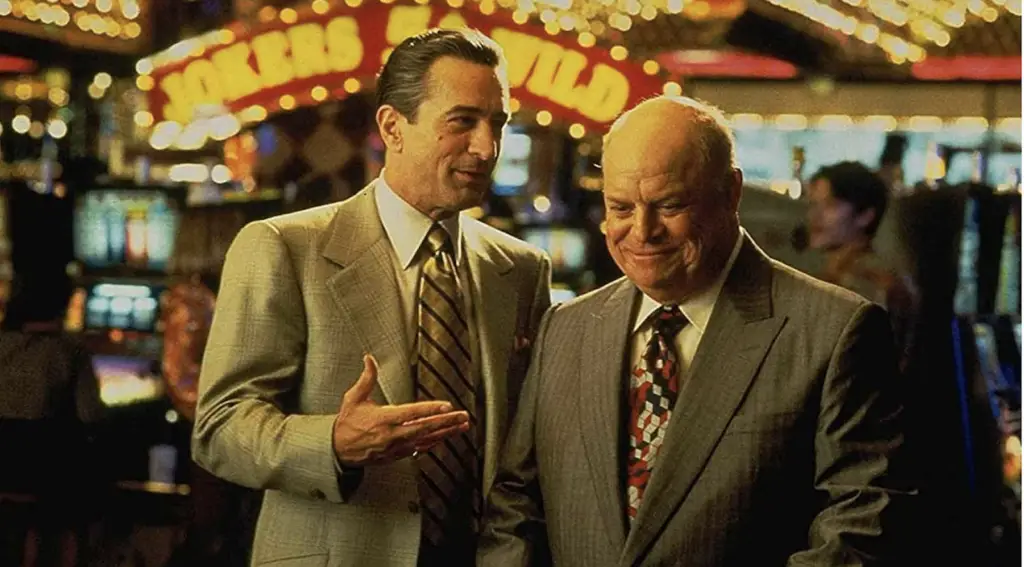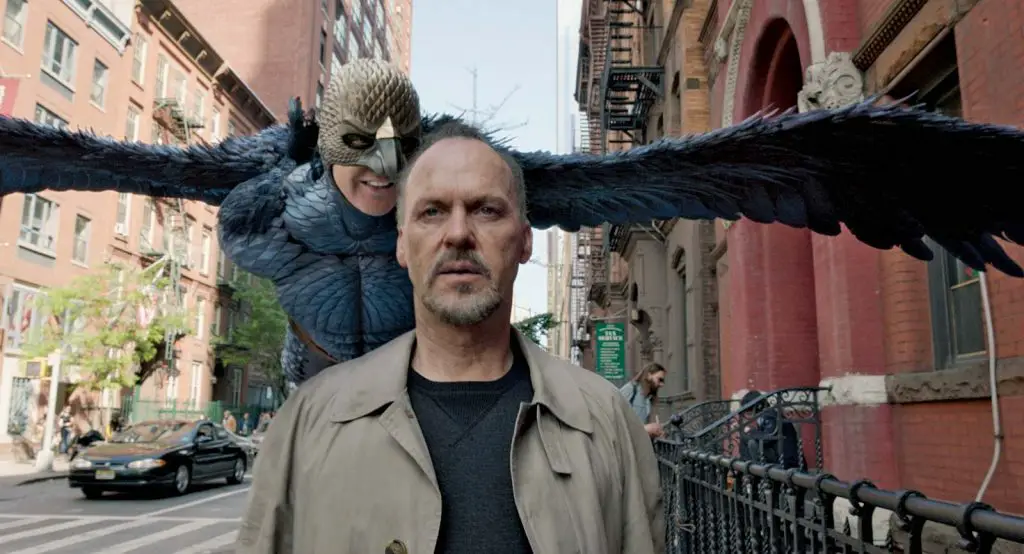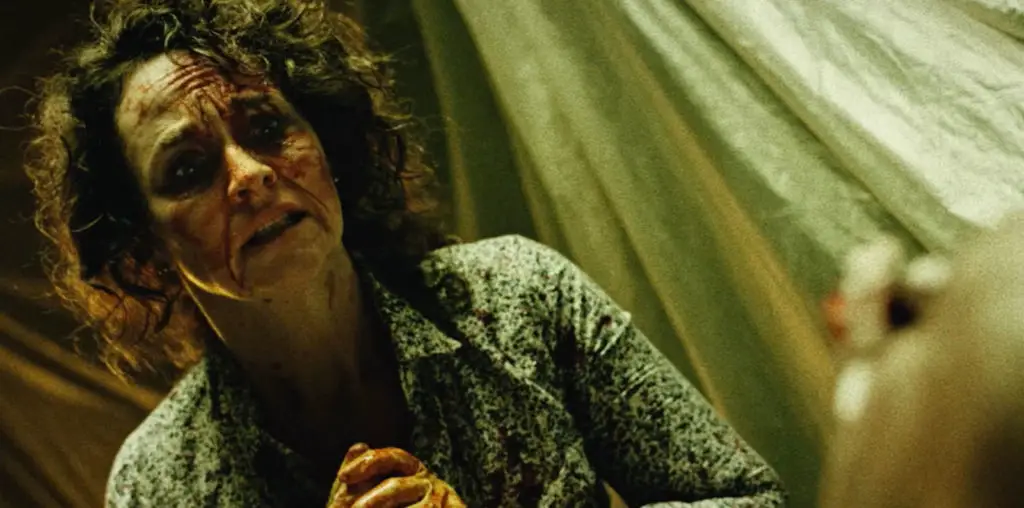
In today’s society, where finance and entertainment collide, Hollywood has always been fascinated with the world of trading. Whether it’s the stock market, foreign exchange, or high-stakes commodities trading, the dynamics of this fast-paced industry provide ample material for captivating stories on the big screen. In this article, we will explore the intersection of cinema and finance, examining how Hollywood portrays trading, its accuracy, and the impact it has on shaping public perception.
Understanding the Intersection of Cinema and Finance
The world of cinema and the realm of finance have long been intertwined, creating a fascinating intersection that captivates audiences worldwide. As artists take to the silver screen, they delve into the intriguing world of trading, offering viewers a glimpse into the high-stakes and adrenaline-fueled environment that defines the industry.
The Role of Hollywood in Depicting Trading
Hollywood, with its creative prowess, has served as a platform for filmmakers to bring to life the captivating stories of traders and their financial endeavors. Throughout the decades, iconic movies such as “Wall Street” and more recent films like “The Big Short” have mesmerized audiences with their portrayal of the trading world.
These films often mirror real-life events, drawing inspiration from the triumphs and failures of traders who have made their mark on history. Through compelling narratives and memorable characters, these movies expose viewers to the thrilling nature of the industry, where fortunes can be made or lost in the blink of an eye.
The Influence of Financial Markets on Film Plots
While Hollywood has played a significant role in depicting trading, it is important to recognize that financial markets themselves have also influenced film plots. Market crashes, economic crises, and scandals have served as dramatic backdrops for countless films, adding depth and complexity to their narratives.
These real-life events provide filmmakers with gripping storylines that explore the intricate relationships between money, power, and greed. By incorporating the impact of financial markets into their plots, filmmakers not only entertain but also shed light on the broader implications of these events on society.
Through the lens of cinema, audiences gain a deeper understanding of the complexities and dynamics that drive the world of finance. These films serve as a bridge between the abstract concepts of trading and the human experiences that shape and are shaped by the financial industry.
As viewers immerse themselves in these cinematic journeys, they are invited to question the ethical dilemmas faced by traders, the consequences of their actions, and the broader implications for society as a whole. The intersection of cinema and finance offers a unique opportunity to explore the multifaceted nature of the trading industry and its impact on our lives.

The Evolution of Trading in Movies
Early Depictions of Trading in Cinema
In the early days of cinema, trading was often portrayed in a simplistic and romanticized manner. Movies like “Pitfall” and “Boiler Room” portrayed traders as cunning and suave individuals, highlighting their ability to make quick decisions and amass fortunes. However, these depictions often failed to capture the intricate and volatile nature of the trading world.
While these early films may have glamorized the trading profession, they did not delve into the complexities that traders face on a daily basis. The reality of trading involves meticulous research, analysis, and risk management. Traders must constantly monitor market trends, economic indicators, and news events that can impact their investments. It is a high-stakes game that requires a deep understanding of financial markets and the ability to adapt to ever-changing conditions.
Furthermore, these early movies often portrayed traders as lone wolves, operating independently and making decisions solely based on their instincts. In reality, trading is a collaborative effort that involves teams of professionals working together to analyze data, develop strategies, and execute trades. Traders rely on the expertise of analysts, economists, and risk managers to make informed decisions that can lead to profitable outcomes.
Modern Portrayals of the Trading World
As the financial industry evolved, so did the depiction of trading in movies. With advancements in technology and increased public awareness, filmmakers began to portray the trading world with greater accuracy. Films like “Margin Call” and “The Wolf of Wall Street” showcased the intense pressure, cutthroat competition, and ethical dilemmas faced by traders in the real world. These movies not only entertained audiences but also highlighted the complexities of the financial industry.
“Margin Call” provided a gripping portrayal of the 2008 financial crisis, exploring the moral dilemmas faced by traders who were aware of the impending collapse. The film delved into the ethical questions surrounding the decision to sell toxic assets and the devastating consequences that followed. It shed light on the immense responsibility that traders have in managing risk and the potential impact their actions can have on the global economy.
“The Wolf of Wall Street” took a different approach, depicting the excessive and unethical behavior of traders in the 1990s. The film showcased the dark side of the trading world, highlighting the rampant greed, drug abuse, and fraudulent practices that were prevalent during that era. While the movie may have exaggerated certain aspects for dramatic effect, it served as a cautionary tale about the dangers of unchecked ambition and the importance of ethical conduct in the financial industry.
These modern portrayals of trading in movies have helped dispel the myth of the glamorous and easy life of a trader. They have shown the public that trading is not just about making money, but also about navigating complex ethical and moral dilemmas. These films have provided a more realistic and nuanced understanding of the trading world, shedding light on the challenges and responsibilities that traders face in their pursuit of financial success.
While movies have long captured the frenetic pace of trading floors and the high-stakes world of Wall Street, a newer theme is beginning to emerge in line with technological advancements—quantum AI trading.
Films today are touching upon the complexities of machine learning, quantum computing, and their unparalleled abilities to predict market movements with astonishing accuracy. As scripts delve into the potential and perils of such futuristic technology, audiences are left contemplating the very nature of human versus machine decision-making in trading. For a deeper exploration into how quantum AI has been portrayed in recent cinema, click here.
The Accuracy of Hollywood’s Representation of Trading
The Glamorization of Trading in Films
One criticism often leveled against Hollywood’s portrayal of trading is the glamorization of the profession. Movies tend to focus on the lavish lifestyles and excessive wealth enjoyed by successful traders, often neglecting the risks and uncertainties involved. This glamorous image can create unrealistic expectations and misconceptions among viewers who might be lured by the allure of quick riches.
Criticisms and Misconceptions in Movie Depictions
Additionally, some argue that Hollywood’s portrayal of trading is overly dramatized and fails to capture the day-to-day realities faced by traders. The fast-paced trading floor environment depicted in films like “Trading Places” and “The Pursuit of Happyness” provides thrilling entertainment but may not accurately reflect the actual experiences of traders. It is important for viewers to differentiate between on-screen storytelling and the true intricacies of the trading world.

The Impact of Movies on Public Perception of Trading
How Films Shape Audience Understanding of Trading
While movies may not always provide an accurate representation of trading, they undoubtedly play a significant role in shaping public perception. Films have the power to influence how people view the financial industry, either by inspiring curiosity or creating misconceptions. Therefore, it is essential to approach movie portrayals of trading with a critical eye and seek further knowledge to gain a comprehensive understanding of the subject.
The Role of Movies in Demystifying Financial Markets
Despite the potential for misconceptions, movies can also play a valuable role in demystifying financial markets. By using compelling storytelling and relatable characters, films can break down complex concepts and make them accessible to a broader audience. Movies like “The Big Short” and “Margin Call” have successfully simplified complex financial derivatives and market mechanisms, educating viewers and sparking discussions about the inner workings of the trading world.
Iconic Trading Movies and Their Influence
The Legacy of Wall Street and Other Trading Films
Some trading movies have become cultural touchstones and continue to influence popular culture to this day. Oliver Stone’s “Wall Street,” released in the 1980s, introduced audiences to the world of corporate raiders and insider trading, forever etching the phrase “Greed is good” into the public consciousness. This film, along with others like “Inside Job” and “The Social Network,” examines the dark side of finance and its impact on society.
The Cultural Impact of Trading Movies
Beyond their financial themes, trading movies often reflect broader social and cultural issues. They shed light on the intersection of money, power, and morality, providing a lens through which audiences can examine the values and ethics of a society driven by capitalism and financial markets. Films like “Trading Places” and “The Big Short” tackle issues of class, inequality, and systemic corruption.
In conclusion, Hollywood’s take on the world of trading has shaped the way we perceive this complex industry. While movies might not always provide an accurate representation, they have the power to entertain, educate, and even deceive audiences. As viewers, it is crucial to approach these cinematic portrayals critically and seek a deeper understanding of the intricate world of trading beyond what Hollywood presents.






[…] Source link […]
[…] Source link […]
[…] Source link […]